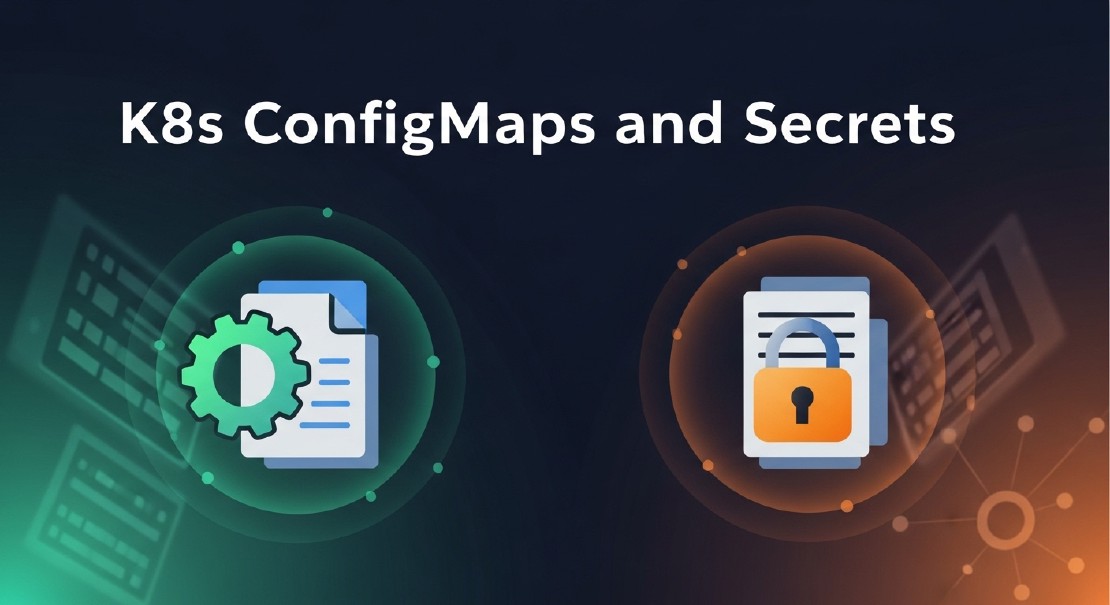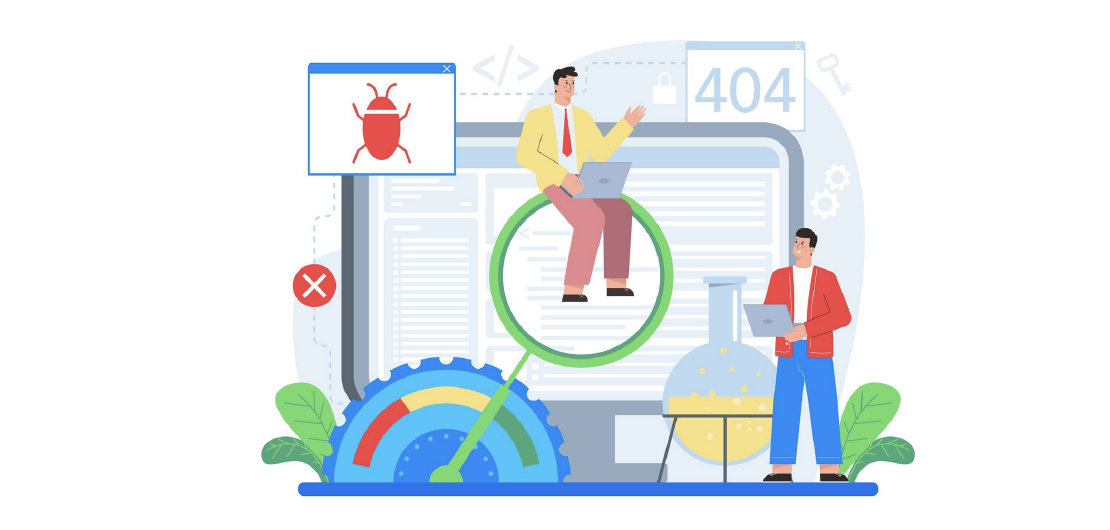Applications running in Kubernetes often require configuration settings such as database URLs, API keys, and environment variables. Kubernetes provides two key resources for managing this configuration data:
- ConfigMaps – Store non-sensitive configuration data like environment variables and configuration files.
- Secrets – Store sensitive information like passwords, tokens, and certificates securely.
What is a ConfigMap?
A ConfigMap allows you to store configuration data separately from your application code. This enables dynamic configuration updates without modifying container images.
Use Cases:
- Storing environment variables.
- Managing configuration files and command-line arguments.
- Decoupling application code from configuration.
Example: Creating a ConfigMap
Using YAML:
apiVersion: v1
kind: ConfigMap
metadata:
name: app-config
data:
APP_ENV: "production"
DATABASE_URL: "postgres://db-service:5432/mydb"
Apply the ConfigMap:
kubectl apply -f configmap.yaml
Using kubectl CLI:
kubectl create configmap app-config --from-literal=APP_ENV=production --from-literal=DATABASE_URL=postgres://db-service:5432/mydb
Using ConfigMap in a Pod
apiVersion: v1
kind: Pod
metadata:
name: my-pod
spec:
containers:
- name: my-container
image: nginx
envFrom:
- configMapRef:
name: app-config
Verify the ConfigMap:
kubectl get configmap app-config -o yaml
What is a Secret?
A Secret is similar to a ConfigMap but is used for storing sensitive data like passwords, API keys, and certificates.
Use Cases:
- Storing database passwords securely.
- Managing API keys and tokens.
- Securing TLS certificates for encrypted communication.
Example: Creating a Secret
Using YAML (Base64 Encoded Values):
apiVersion: v1
kind: Secret
metadata:
name: db-secret
type: Opaque
data:
DB_USER: cG9zdGdyZXM= # Base64 encoded "postgres"
DB_PASSWORD: cGFzc3dvcmQ= # Base64 encoded "password"
Apply the Secret:
kubectl apply -f secret.yaml
Using kubectl CLI:
kubectl create secret generic db-secret --from-literal=DB_USER=postgres --from-literal=DB_PASSWORD=password
Using a Secret in a Pod
apiVersion: v1
kind: Pod
metadata:
name: my-pod
spec:
containers:
- name: my-container
image: nginx
env:
- name: DB_USER
valueFrom:
secretKeyRef:
name: db-secret
key: DB_USER
- name: DB_PASSWORD
valueFrom:
secretKeyRef:
name: db-secret
key: DB_PASSWORD
Verify the Secret:
kubectl get secret db-secret -o yaml
ConfigMap vs. Secret: Key Differences
Feature ConfigMap Secret Purpose Store non-sensitive config data Store sensitive data securely Data Type Plain text Base64-encoded Security Stored as plain text in etcd Stored as base64-encoded data in etcd Access Environment variables, mounted as files Environment variables, mounted as files
Best Practices for Using ConfigMaps and Secrets
- Use ConfigMaps for non-sensitive data like application settings.
- Use Secrets for sensitive data like credentials and API keys.
- Restrict access to Secrets using Role-Based Access Control (RBAC).
- Avoid hardcoding credentials in deployment files; use Secrets instead.
- Use mounted volumes for secrets instead of environment variables when security is a concern.
Kubernetes ConfigMaps and Secrets provide a way to manage configuration and sensitive data securely and efficiently. Understanding their differences and best practices ensures better application management in Kubernetes.



